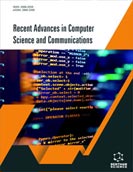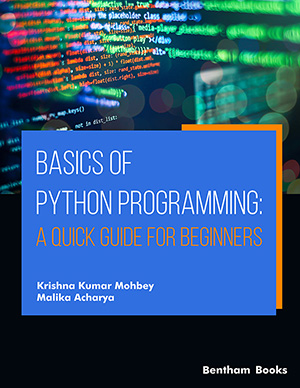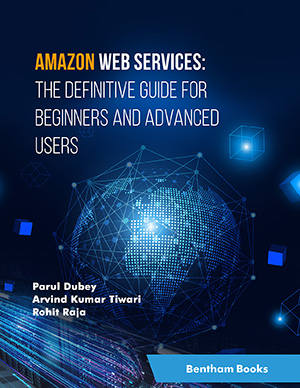Abstract
Background: Today, the bi-clustering technique plays a vital role to analyze gene expression data in microarray technology. This technique performs clustering on both rows and columns of expression data simultaneously. It determines the expression level of genes set under the subset of several conditions or samples. Basically, the obtained information is collected in the form of a sub-matrix comprising microarray data that satisfy coherent expression patterns of subsets of genes with respect to subsets of conditions. These sub-matrices are represented as bi-clusters and the overall process is called bi-clustering. In this paper, we proposed a new meta-heuristics hybrid ABC-MWOA-CC which is based on artificial bee colony (ABC), modified whale optimization algorithm (MWOA) and Cheng and Church (CC) algorithm to optimize the extracted bi-clusters. In order to validate this algorithm, we also delve into finding the statistical and biological relevancy of extracted genes with respect to various conditions. However, most of the bi-clustering techniques do not address the biological significance of genes belonging to extracted bi-clusters
Objective: The major aim of the proposed work is to design and develop a novel hybrid multiobjective bi-clustering approach for in microarray data to produce the desired number of valid biclusters. Further, these extracted bi-clusters are to be optimized to obtain an optimal solution. Method: In the proposed approach, a hybrid multi-objective bi-clustering algorithm which is based on ABC along with MWOA is recommended to group the data into the desired number of biclusters. Further, ABC with MWOA multi-objective optimization algorithm is applied in order to optimize the solutions using a variety of fitness functions. Results: In the analysis of the result, the multi-objective functions which are employed to judge the fitness calculation like Volume Mean (VM), Mean of Genes (GM), Mean of Conditions (CM), and Mean of MSR (MMSR) lead to improve the performance analysis of the CC bi-clustering algorithm on real-life data set such as Yeast Saccharomyces cerevisiae cell cycle gene expression datasets. Conclusion: The effectiveness of the ABC-MWOA-CC algorithm is comprehensively demonstrated by comparing it with well-known traditional ABC-CC, OPSM, and CC algorithm in terms of VM, GM, CM, and MMSR.Keywords: Microarray data, Clustering, Bi-clustering, Multi-objective optimization, Data preprocessing.


























